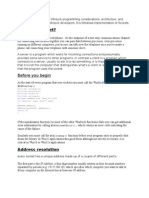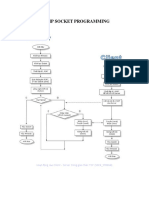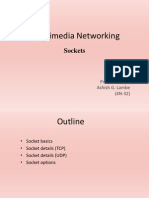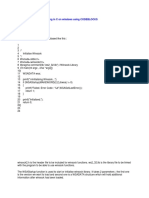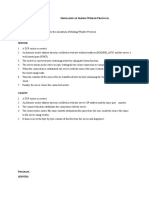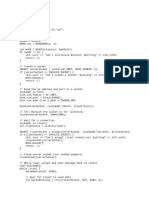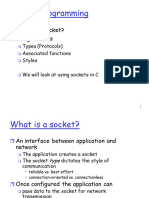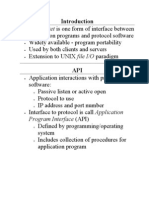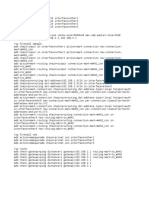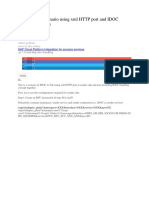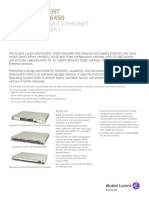0% found this document useful (0 votes)
17 views7 pagesCode Explanation Triangle
The document explains a server-client application in C that generates and sends a triangle pattern based on user input. The server initializes Winsock, creates a socket, listens for connections, and sends a triangle to the client after receiving a number. The client connects to the server, sends a number, and receives the generated triangle to display it on the console.
Uploaded by
shahbazhaidermirzaCopyright
© © All Rights Reserved
We take content rights seriously. If you suspect this is your content, claim it here.
Available Formats
Download as PDF, TXT or read online on Scribd
0% found this document useful (0 votes)
17 views7 pagesCode Explanation Triangle
The document explains a server-client application in C that generates and sends a triangle pattern based on user input. The server initializes Winsock, creates a socket, listens for connections, and sends a triangle to the client after receiving a number. The client connects to the server, sends a number, and receives the generated triangle to display it on the console.
Uploaded by
shahbazhaidermirzaCopyright
© © All Rights Reserved
We take content rights seriously. If you suspect this is your content, claim it here.
Available Formats
Download as PDF, TXT or read online on Scribd
/ 7






